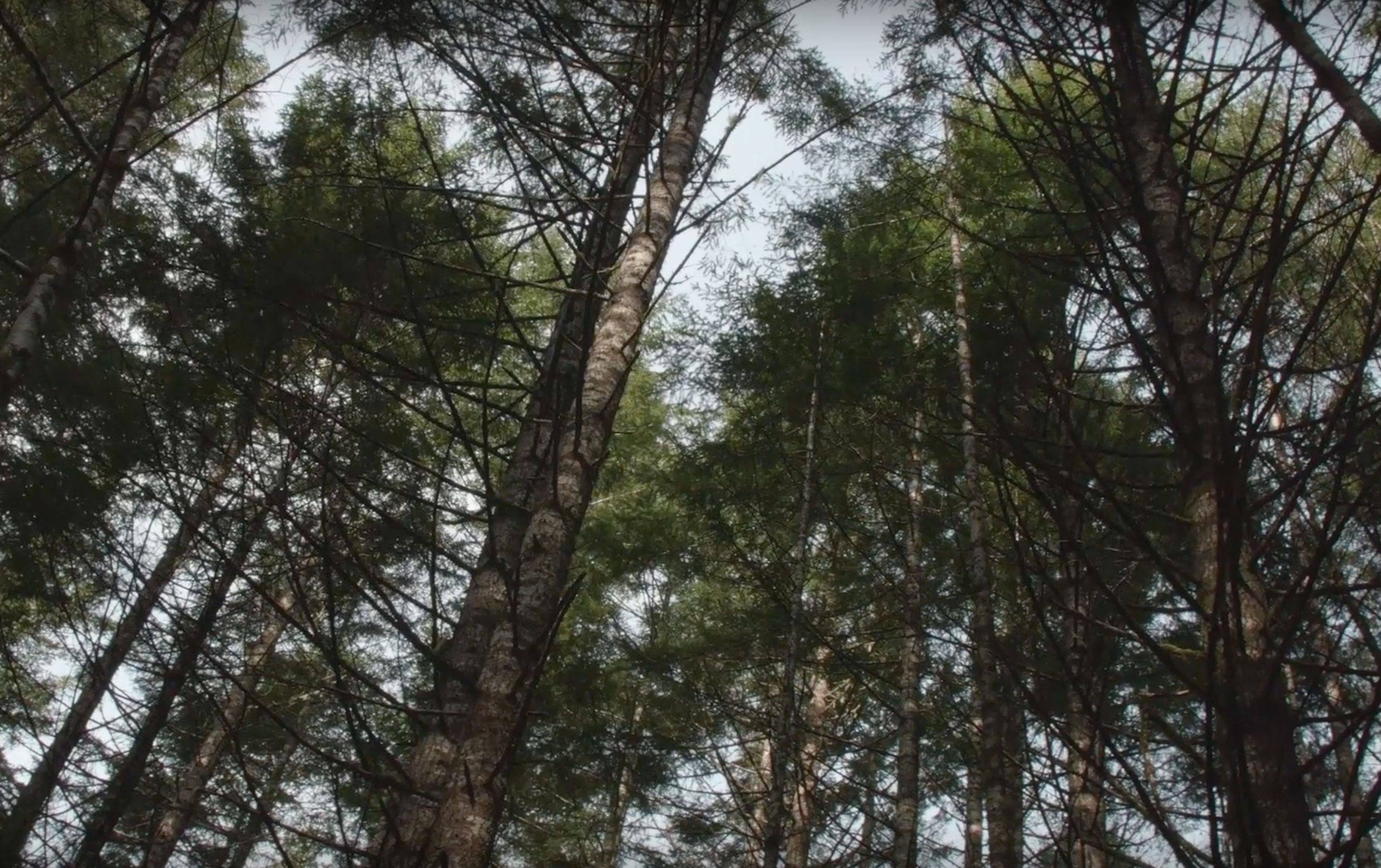Huge spikes in jellyfish numbers cause mayhem for fishermen.


Huge spikes in jellyfish numbers cause mayhem for fishermen.

Tiny zooplankton, often juvenile fish, feed on their plantlike cousins, the phytoplankton, at the base of the vast marine food web. Photos from the Cowen Lab show them in their wild and whimsical colorfulness.

Waiting for you in the stillness of Oregon State University’s Valley Library’s fifth floor is an exhibit as richly layered as the forests it portrays. It tells the story of trees as old as Methuselah, of the plants and animals they shade and shelter, and the people who, over time, have used them, studied them, cherished them, explored them, and found in them an irresistible muse.

In environmental science, the H.J. Andrews Forest is a place of beginnings. It’s here that researchers monitor the heartbeat of aging trees, leading to new understanding for the term “old growth.” It’s where studies of an obscure owl shape forest policy, trickling streams become windows on abrupt and sudden events and scientists prod, poke and measure trees like doctors in the emergency room.

As an Oregon State undergraduate, Katharina-Victoria Perez first traveled to Chile in 2012. She participated in two expeditions into the rugged mountain home of the huemul to set up camera traps.
Mother Whales Meet Seafloor Drilling Pygmy blues face industrial hazards in a New Zealand gulf In New Zealand there shines a gulf the color of indigo where whales live. Geographically, it glistens at the nexus of two islands and two seas. Politically, it sits at a different nexus, the classic clash of nature and commerce. Read […]